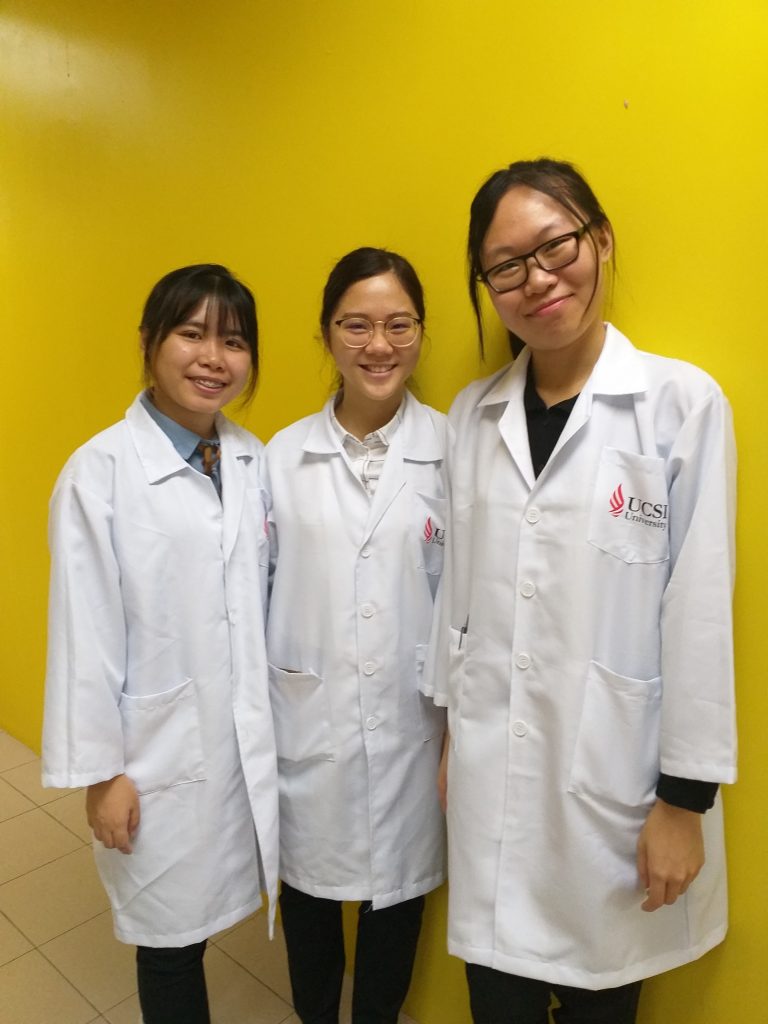My first degree practical exam.
For those who were under Faculty of Medicine and Health Science, I believed that you had encountered at least one practical exam. I had my first practical exam during my year 1, semester 1 of Optometry degree. I was still new for my degree and our Physiology lecturers told us we will be having our very first practical exam at the end of the course. What we had to do during the examination were measuring blood pressure and examining patient’s eyes.
We were so excited when we heard this because we have not done anything like this before and this had aroused our curiosity. After learning about the theory on how these works and why do we need to check this, we started our first lesson on how to use those instruments. It was so magical when I heard the sound of heartbeat through stethoscope.
First, we had to find and feel the radial pulse at the lateral arm where I believed most of the secondary school students had learned during their Physical Education class. What we need to be careful on this part is, we had to measure the pulse of the patient’s right hand with our right hand fingers while using left hand fingers for left hand side. Once we feel the pulse, we need to count the rhythms of pulse by how many beats per minute. When measuring patient’s blood pressure, we had to tie the cuff at the same level with patient’s heart level. We have to ensure that the cuff was tied tightly where only 1 finger was allowed to slip in. The patient had to be seated properly by leaning on the back of chair and no leg crossing was allowed, this is to make sure the blood pressure was not affected by postural factor.
After that, we will need to start pumping the sphygmomanometer until we cannot feel the radial pulse. By the way, we still need to pump for a bit more before started deflating. While deflating, we placed the stethoscope below the cuff and we will hear the first beating sound.
The next test was to check the patient’s eye health problem. The first thing we need to check was whether there was any inflammation, blockage or bulging of eyeball and dropping of eyelids. Then, we need to examine the vision field (how wide the eye can see when they were fixated, reaction of pupil to light and distance of object, colour blindness, near vision and distant vision. The last and scariest part was the examiner’s questioning time because we could not guess what HOT questions will the lecturer ask and some question depends on our extra knowledge.

What I can say is this practical exam may be the most tense but also the most interesting test ever. I am those type of person who love to learn things practically more than theoretically. So, this kind of exam helped me for my overall results. Since this was my first semester of degree, it has made me to be more determined on my decision to continue with this pathway and I was looking forward to the following semesters.
